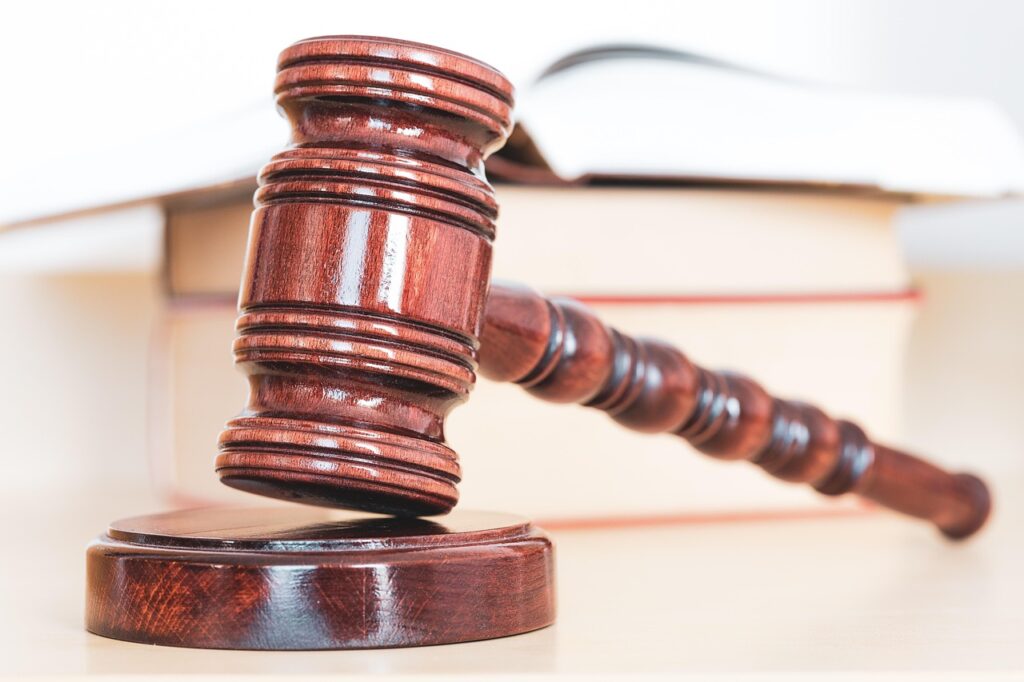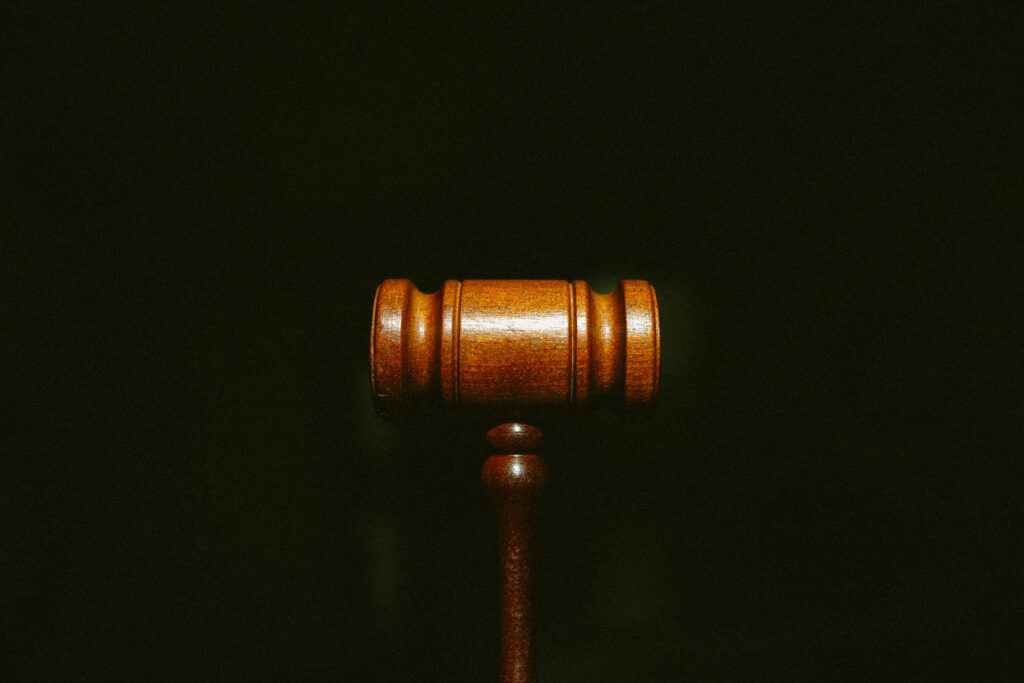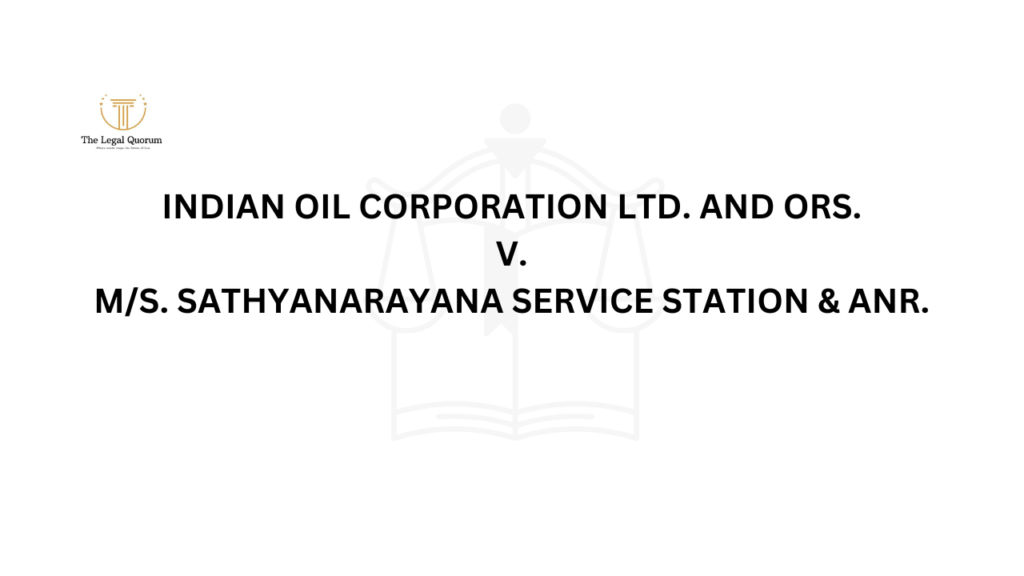Published on 10th April 2025
Authored By: Isha Dhir
RIMT University
INTRODUCTION
The Kesavananda Bharati case (1973) addressed the stability between person rights and Parliament’s constitutional modification powers, originating from land reform laws in Kerala affecting non secular institutions just like the Edneer Mutt. Kesavananda Bharati challenged those amendments, arguing they violated his rights.
The preferred court, in a 7:6 verdict, upheld Parliament’s strength to amend the constitution however added the “primary shape doctrine,” pointing out center concepts like judicial assessment, federalism, and fundamental rights can not be altered. This doctrine has when you consider that limited legislative overreach, protecting the charter’s integrity at the same time as allowing socio-economic reforms inside those boundaries.
HISTORIC PAST OF KESAVANANDA BHARATI CASE
The Kesavananda Bharati case is a landmark judgment balancing individual rights with Parliament’s strength to amend the constitution. It originated from Kerala’s Fifties-60s land reforms, aimed at redistributing land from massive landowners to the disadvantaged and landless.
In 1963, the Kerala Land Reforms Act was enacted, imposing regulations on land possession and granting the authorities the authority to collect surplus land for redistribution.
This legislation extensively affected numerous spiritual establishments, including the Edneer Mutt, overseen by way of Kesavananda Bharati, which possessed full-size landholdings.
The next amendments added in 1969 and 1971 sought to beautify governmental powers over land ownership at the same time as reducing judicial oversight.
On March 21, 1970, Kesavananda Bharati filed a petition within the perfect courtroom beneath Article 32 of the charter, though these amendments.
He contended that the amendments violated his fundamental rights as enshrined in Articles 14 (proper to equality), 19(1)(f) (proper to assets), 25 (freedom of faith), and 26 (right to manage religious affairs).
This case in the long run culminated inside the status quo of the fundamental shape doctrine which posits that certain essential functions of the constitution are inviolable and can not be amended by way of legislative motion.
CASE SUMMARY
The case was heard with the aid of a thirteen-Judges bench, one of the most important in Indian judicial records, over 68 days, from October 31, 1972, to March 23, 1973. The splendid court docket’s judgment was introduced on April 24, 1973, with a narrow majority of 7:6. The court ruled that at the same time as Parliament has huge powers to amend the charter below Article 368, it cannot adjust or break its primary structure. This ruling correctly hooked up what’s now called the fundamental shape doctrine, which serves as a protection in opposition to capacity legislative overreach.
PRECIS OF DATA IN KESAVANANDA BHARATI V. STATE OF KERALA (1973) Keshvananda Bharati, the petitioner in this case, became the leader of the Edneer Mutt, which belonged to a non secular sect inside the Kasaragod district of Kerala. Kesavananda Bharati had certain pieces of land in the sect that had been bought in his name. Therefore, he became the owner of that land. The country authorities of Kerala brought the Land Reforms amendment Act in 1969, in line with which the authorities became entitled to gather some of the sect’s land, of which Kesavananda Bharati was the leader. Kesavananda Bharati filed the healthy in the ideal courtroom on 21st March, 1970, under Article 32 of the Indian constitution for enforcement of his rights, that are assured underneath Article 25 (proper to guidance and propagate faith), Article 26 (right to manipulate religious affairs), Article 14 (proper to equality), Article 19(1)(f) (freedom to acquire property), and Article 31 (obligatory acquisition of belongings). When the petition was nevertheless below consideration by the court docket, the Kerala government exceeded every other act, i.e., the Kerala Land Reforms (change) Act, 1971.
ISSUES BEFORE THE COURTROOM CONCERNING THE CASE
The major troubles showcased inside the Kesavananda Bharati Case are:
- Whether or not the 24th Constitutional (amendment) Act 1971 is Constitutionally valid or no longer?
- Whether or not the 25th Constitutional (modification) Act 1972 is Constitutionally legitimate or not?
- Whether or not the Constitutional amendment can be carried out to essential rights as in line with Article 368 of the constitution?
- Whether the 29th Constitutional (modification) Act is legitimate, and to what volume can Parliament exercise its strength to amend the charter?
ARGUMENTS OF PETITIONER
Kesavananda Bharati’s criminal crew, led by senior recommendation Nani Palkhivala, presented numerous key arguments as amendments violated fundamental rights, surpassed Parliament’s amending limits by way of altering the charter’s basic shape, and undermined judicial assessment and assets rights.
- Violation of essential Rights: The amendments infringed upon essential rights assured by means of the constitution.
- Limits on Amending electricity: The electricity to amend need to no longer amplify to change the primary shape or vital features of the constitution.
- Unconstitutionality of Amendments: The amendments challenged (twenty fourth, 25th, and twenty ninth Constitutional amendment Acts) were unconstitutional as they undermined judicial overview and separation of powers.
- Right to property: The property is an essential right that can not be taken away without due method.
ARGUMENTS OF RESPONDENT
The state of Kerala argued that Parliament’s unlimited amending strength under Article 368 turned into essential for socio-financial justice, reforming feudal structures, regulating property rights for public welfare, and advancing social equity.
- Unlimited Amending energy: Parliament possesses limitless power to amend any part of the constitution underneath Article 368.
- Socio-financial Justice: The amendments have been vital for attaining socio-financial justice and reforming outdated feudal systems.
- Regulation of Rights: The proper to belongings is not an absolute fundamental right however can be regulated by way of law for public welfare.
- Legislative Competence: The amendments aimed at selling social justice and reducing poverty were justified and inside legislative competence.
KESAVANANDA BHARATI CASE SUPREME COURT JUDGEMENT
The Kesavananda Bharati case upheld Parliament’s power to amend the charter however confined it with the basic shape doctrine and bolstered judicial overview. The preferred court docket’s judgment was added with a 7:6 majority, highlighting key standards.
- Parliament’s Amending electricity: The court held that Parliament does have the authority to amend the constitution but emphasized that this energy isn’t absolute. It can’t regulate or wreck the charter’s fundamental shape.
- Basic structure Doctrine: The fundamental shape Doctrine asserts that positive standards, along with the supremacy of the charter, rule of law, separation of powers, federalism, and fundamental rights, form the constitution’s center framework.
- Judicial overview: The court reaffirmed its proper to review amendments made with the aid of Parliament. It said that any amendment infringing upon the basic structure might be unconstitutional.
- Constitutionality of Amendments: while upholding the validity of the 24th CAA, which clarified Parliament’s amending energy, it located components of the twenty fifth CAA unconstitutional for infringing upon judicial assessment.
KESAVANANDA BHARATI CASE EFFECT ON CHARTER
The Kesavananda Bharati case had a big effect by way of organising the fundamental structure doctrine, which limits Parliament’s modification strength, reinforces judicial assessment, and safeguards fundamental rights against unchecked authority.
- Establishment of primary structure Doctrine: The case mounted the primary structure doctrine, maintaining that even as Parliament can amend the charter, it can’t adjust its fundamental framework.
- It consists of supremacy of the charter, rule of regulation, separation of powers, federalism, judicial independence, and fundamental rights.
- Limits on Parliamentary strength: The judgment imposed limits on Parliament’s amending strength underneath Article 368, pointing out that amendments can’t undermine the fundamental shape, hence curbing attempts to infringe on essential rights.
- Reinforcement of Judicial review: The ultimate courtroom upheld judicial overview as a part of the primary shape, maintaining amendments that infringe on it unconstitutional, therefore reinforcing the judiciary’s position in defensive constitutional values.
- Socio-monetary Reforms and Constitutional Amendments: The ruling diagnosed Parliament’s authority to enact socio-economic reforms, provided they no longer violate essential rights or alter the charter’s simple shape, taking into consideration social justice while preserving integrity.
- Impact on destiny Judicial decisions: The case has served as a precedent for subsequent judgments concerning constitutional amendments and essential rights, solidifying the fundamental structure doctrine’s significance in safeguarding democracy.
- Political and historical Context: Added during a politically charged era, the judgment emphasized stopping unchecked energy in amending foundational governance components, acting as a guard against authoritarianism.
DOCTRINE OF BASIC STRUCTURE
The Doctrine of basic structure is a form of judicial evaluation used to determine the legality of any regulation by using the courts.
Fundamental shape Doctrine is a rule that states that certain Constitutional provisions essential to the values, goals and sole of the constitution can’t be amended beneath any instances.
The doctrine of primary structure holds that the Parliament may amend the constitution at any time, with the sole situation that such amendments ought to not exchange the primary structure of the Indian charter.
CONCLUSION
The Kesavananda Bharati vs state of Kerala case is large in India’s constitutional and prison records since it spoke back a few questions, consisting of whether the Parliament has absolute and limitless strength to amend the charter. Kesavananda Bharati Case is also given credit score for establishing the “Doctrine of simple shape”, and one of the prominent virtues of this case changed into that it became heard via the preferred court of India’s biggest-ever bench, which became made from thirteen judges. The Kesavananda Bharati v/s country of Kerala case is an essential case below Indian constitutional regulation. It is considered to be one of the most important cases in Indian records, as it helped to outline the connection between the critical government and the states. The final results of the case also helped to protect India’s federal structure. Similarly, the Kesavananda Bharati as opposed to the state of Kerala case set a few crucial precedents for constitutional interpretation. This example is a crucial part of Indian felony records and needs to be studied with the aid of all students who are interested in this topic.




